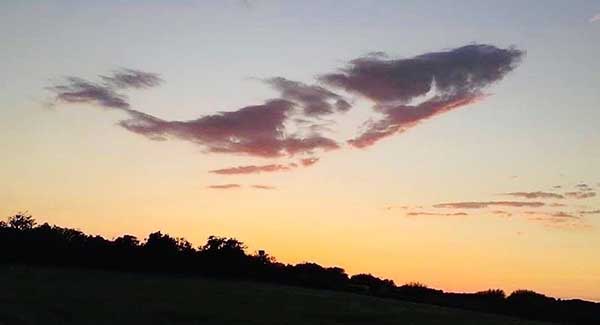Known in Romania as “Trovants” the stones of Costesti, Romania are a type of sandstone concretion that secrete cement and can at times appear to grow as if alive.
Consisting of a stone core with an outer shell of sand, after a heavy rain small forms are said to appear on the rocks leading them to be dubbed the “growing stones” by locals. There they grow, move and even multiply extraordinary rocks called troubadours, creating spectacular formations.

The small town of Costesti is home to some really peculiar geological manifestations: the growing stones of Romania. Locals have long been fascinated by the bulbous boulders, which have given rise to legends about how stones can move and develop just like living creatures. It appears that such myths are accurate.
The researchers suspect that the irregular spheroidal forms were formed by the unusually prolonged and intense seismic activity of the middle Miocene. Large earthquakes’ shock waves compacted sand into sphere-shaped clumps and concentrated limestone cement. The densest troubadours were exposed by the looser sandstone surrounding these lumps as the effects of the environment wore away over time. (Not always, though. Of the hundreds of known troubadours, seen at at least 20 sites across Romania, some were only dug up after the sand surrounding them was mined.)
But what makes these rocks grow, move, and multiply?

Trovants are formed by a core of hard stone and sand or gravel that form around them. These unique structures can only form in highly porous sand accumulations and sandstone deposits cemented by waters rich in calcium carbonate.
Calcium carbonate is essential in the formation of a trovant, and also has a key role in rock growth when rainwater is present. The trovants absorb the minerals from the rain after each significant rainstorm, which combine with the chemicals already present in the rock to produce a reaction and pressure inside. The stone expands and multiplies as a result of this pressure, with a deposition rate of roughly 4-5 cm every 1000 years.

Trovants usually have smooth shapes without edges and can be cylindrical, spherical or nodular, for example. The irregular secretion of cement is responsible for the stones developing these inconsistent shapes as they grow and multiply, and the same goes for their size: it varies from a few millimeters to 10 meters.
But it’s not just their structure and ability to grow and multiply that makes troubadours unique. They have the ability to move around as well. As if that weren’t enough, they have root-like extensions and age rings that can be seen when the stone is cut. Science has yet to provide an explanation for these distinct qualities, though.



Since troubadours clearly combine the characteristics of a plant and a rock, it is unclear whether they should be classified as living or non-living creatures. But whether they’re alive or not, these growing stones offer a majestic sight, a must-see when visiting Valcea County in Romania.


